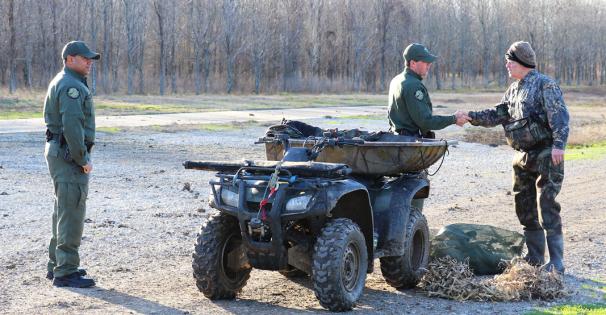
Rules & Regulations
All residents and non-residents must purchase a Mississippi Freshwater Commercial Fishing License and a Slat Basket License in order to fish slat baskets in Mississippi waters. A Slat Basket License is required for each slat basket that a person fishes.
There are no license exemptions (age or disability) for those who fish commercially or for those helping a person with a Freshwater Commercial Fishing License fish commercial fishing gear. A person holding a Freshwater Commercial Fishing License can be assisted by a helper who has any valid license issued by the Mississippi Department of Wildlife, Fisheries, & Parks. Everyone in the boat with a licensed commercial fisherman is considered a "helper", and all helpers must have a license.
A Freshwater Commercial Fishing License is required to:
- Sell, resell, ship, or purchase for resale non-game gross fish and non-native fish
- Fish commercial fishing gear
- Harvest minnows from public waters
- Sell minnows at wholesale
- Sell, resell, or export across state lines crawfish and freshwater shrimp taken from public waters
- Purchase a Slat Basket License (needed for each slat basket)
Review rules and regulations for border states.
See Mississippi Museum of Natural Science Rule M - 2.3-Non-Game Wildlife in Need of Mgmt -FINAL for information pertaining to turtles, snakes, mussels, and others. All commercial harvest of these species is illegal.
